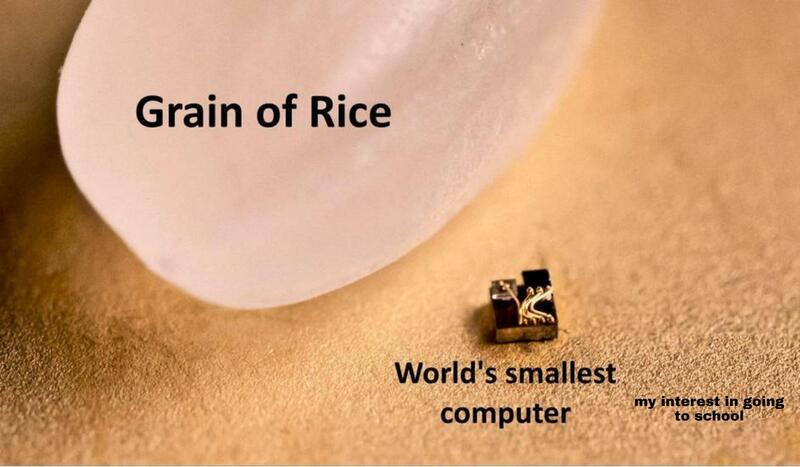If you are fascinated by the wonders of the microscopic world, you might be interested in this blog post. Here, we will explore some of the smallest things in the world that have been created by human ingenuity and artistry. From paintings to sculptures to bags, these tiny creations will amaze you with their level of detail and precision.
World’s Smallest Painting: A Mona Lisa Half the Width of Human Hair
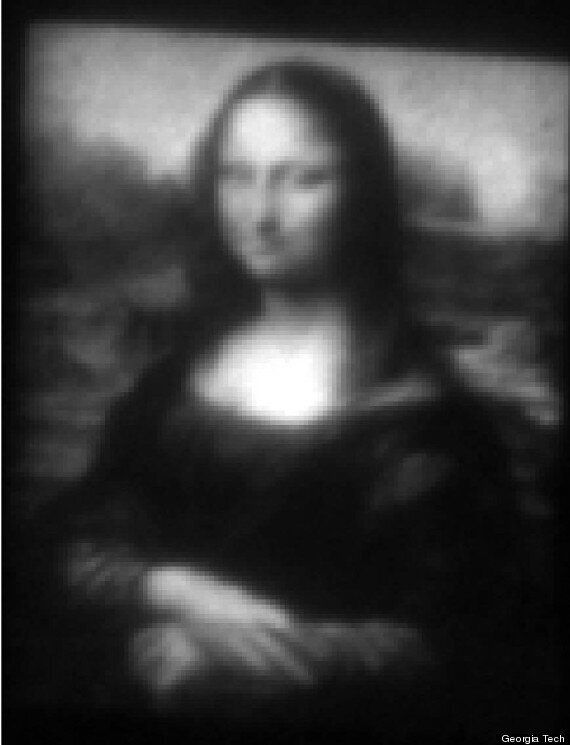
You probably know the Mona Lisa as one of the most famous and recognizable paintings in the world, but did you know that there is a version of it that is so small that you need a microscope to see it?
This incredible feat was achieved by a team of researchers from the Georgia Institute of Technology, who used a technique called thermochemical nanolithography to create a replica of the Mona Lisa that measures only 30 microns across, or about half the width of a human hair.
The researchers used an atomic force microscope to heat up a tiny tip and etch the image onto a substrate made of polymers.
The different colors were produced by varying the temperature of the tip, which changed the chemical reactions on the surface.
The result is a stunning miniature masterpiece that showcases the potential of nanotechnology for art and science.
Smallest Sculpture Ever Made: Microscopic Polymer Statue by South African Sculptor Jonty Hurwitz
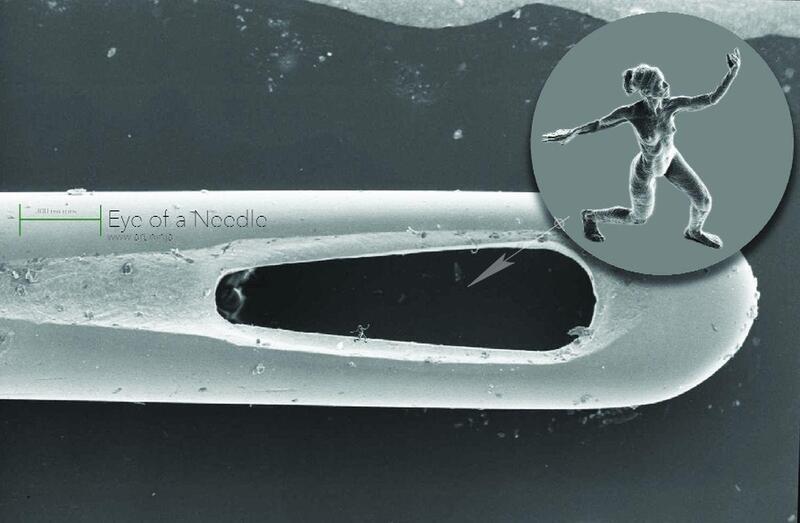
Jonty Hurwitz is a South African sculptor who specializes in creating nano-scale artworks that challenge the limits of perception and imagination.
One of his most remarkable works is Trust, a nano sculpture of a female figure that measures only 80 by 100 by 20 microns, or about the size of a human sperm cell.
To create this sculpture, Hurwitz used a process called multiphoton lithography, which involves using a laser to solidify a liquid resin into a desired shape.
The sculpture is so small that it can only be seen with an electron microscope, and it can easily fit inside the eye of a needle.
Hurwitz said that his motivation for creating such tiny artworks was to explore the concept of trust and how it relates to our perception of reality.
Smallest Man-Made Object
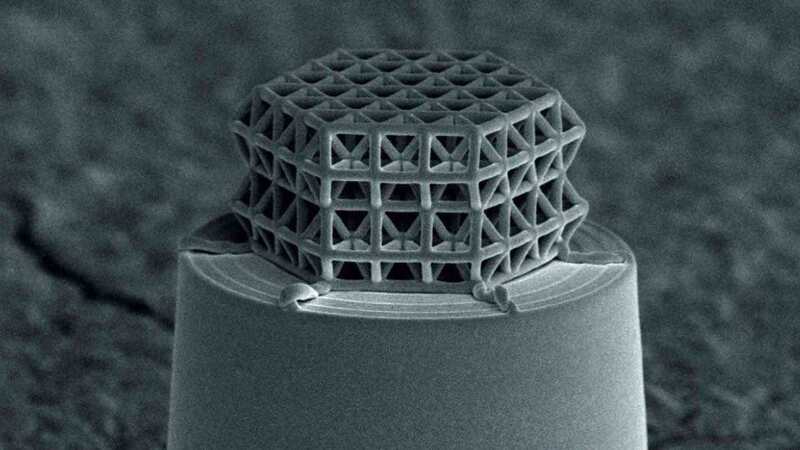
Scientists at the Karlsruhe Institute of Technology (KIT) have created the smallest lattice structure in the world.
The structure is made of glassy carbon struts and braces that are less than 1 µm long and 200 nm in diameter. This makes them smaller than comparable metamaterials by a factor of 5. The lattice is visible only under a microscope, with struts and braces that are 0.2 µm in diameter and a total size of about 10 µm.
Smallest Bag in the World: Louis Vuitton Microscopic Handbag “Smaller Than a Grain of Salt”
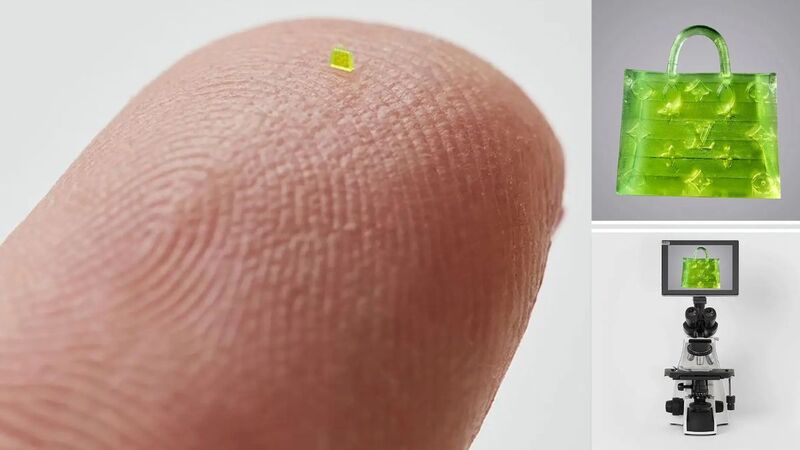
A microscopic handbag, created by Brooklyn art and fashion collective MSCHF, has sold at auction for over $63,000. The bag is so small that it can only be viewed through a microscope and is smaller than a grain of salt, measuring just 657 by 222 by 700 microns (0.667 x 0.222 x 0.7mm). The bag features Louis Vuitton’s signature LV monogramming and is fluorescent yellowish-green in color. The bag was created using a stereolithographic process commonly used for making tiny mechanical biotech structures. The bag is made via a 2-photon polymerization printing method. The bag is based on the popular Louis Vuitton design, but it was created by MSCHF, not the luxury label itself. The bag is so small that it is purely a brand signifier and is purely a collector’s item.
Smallest Book in the World: A Copy of “Teeny Ted from Turnip Town”
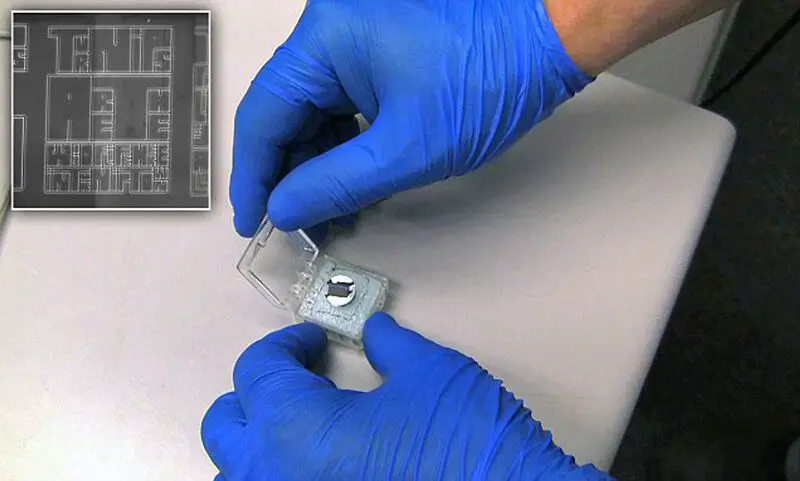
If you are looking for something to read on your next trip, you might want to check out this book that is so small that you need an electron microscope to read it.
The book is called “Teeny Ted from Turnip Town”, and it is a story about a tiny teddy bear who wins a turnip contest at his local fair.
The book was written by Malcolm Douglas Chaplin and illustrated by his brother Robert Chaplin, who also printed it using nanolithography at Simon Fraser University in Canada.
The book measures only 70 micrometers by 100 micrometers, or about the size of a dust mite, and it contains 30 pages with text and images etched onto thin sheets of silicon.
The book holds the Guinness World Record for the smallest reproduction of a printed book, and it was sold for $15,000 at auction in 2012.
The world’s smallest Teddy bear
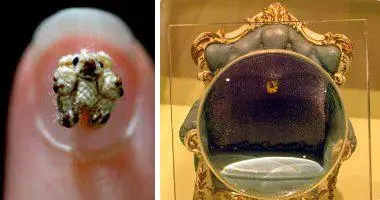
Who doesn’t love a cute and cuddly teddy bear?
Well, these teddy bears are so small that you might need a magnifying glass to see them.
The Micro Ted and Mini-the-Pooh teddy bears, measuring only 3.5mm and 5mm tall respectively, hold the Guinness World Record for being the smallest teddy bears in the world.
They were created by a German artist named Bettina Kaminski, who used a very fine needle and thread to stitch them together.
She also made tiny clothes and accessories for them, such as hats, scarves, and umbrellas. These adorable miniatures are not for sale, but they are displayed in museums and exhibitions around the world.
The world’s smallest camera: The FlatCam
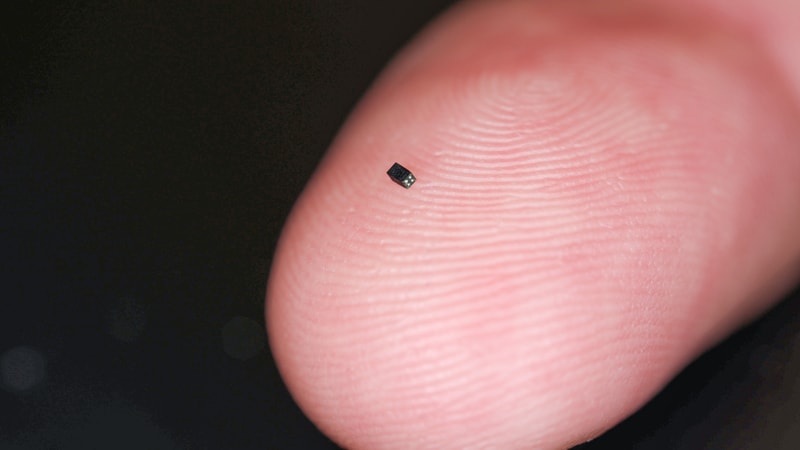
If you think your smartphone camera is small, think again.
The FlatCam is a camera that is only 0.009 inches wide, which is about the size of a grain of salt. It was developed by researchers at Rice University, who wanted to create a camera that could be embedded in any surface or object without adding bulk or weight.
Unlike conventional cameras that use lenses to focus light onto a sensor, the FlatCam uses a thin metal film with tiny holes to capture light patterns.
Then, a computer algorithm reconstructs the image from the patterns.
The FlatCam can produce high-resolution images and videos, and it has potential applications in security, medicine, and science.
The world’s smallest gun: The SwissMiniGun
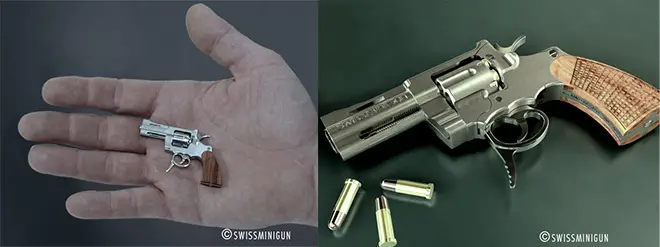
If you are looking for a weapon that is small enough to fit on a keychain, look no further than the SwissMiniGun.
This gun is only 2.16 inches long, which makes it the smallest working revolver in the world. It was designed and manufactured by a Swiss company called SwissMiniGun, who used precision engineering and craftsmanship to create this miniature masterpiece.
The gun can fire tiny bullets that are 0.35 inches long, with a muzzle velocity of 270 mph. However, don’t expect it to do much damage, as the bullets have very low impact and penetration power.
The SwissMiniGun is also very expensive, costing around $6,000 for the basic model and up to $60,000 for the gold-plated version.
The world’s smallest movie: A Boy and His Atom
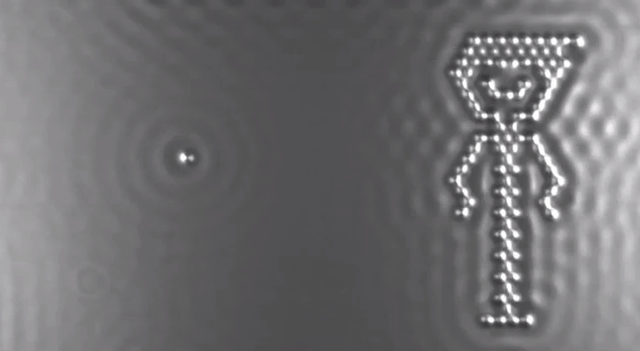
What if you could make a movie by moving atoms around?
That’s exactly what IBM Research did when they created the world’s smallest movie, called A Boy and His Atom.
This stop-motion movie was made by manipulating individual atoms on a copper surface using a scanning tunneling microscope (STM).
The STM is a device that can move atoms with an electrically charged needle that is only one atom wide.
The movie consists of 242 frames, each showing a boy playing with an atom that he befriends.
The movie can only be seen when magnified over 100 million times, which means that each pixel in the movie is actually an atom.
The movie was made to showcase IBM’s nanotechnology research and innovation.
The world’s smallest house: Nanohouse
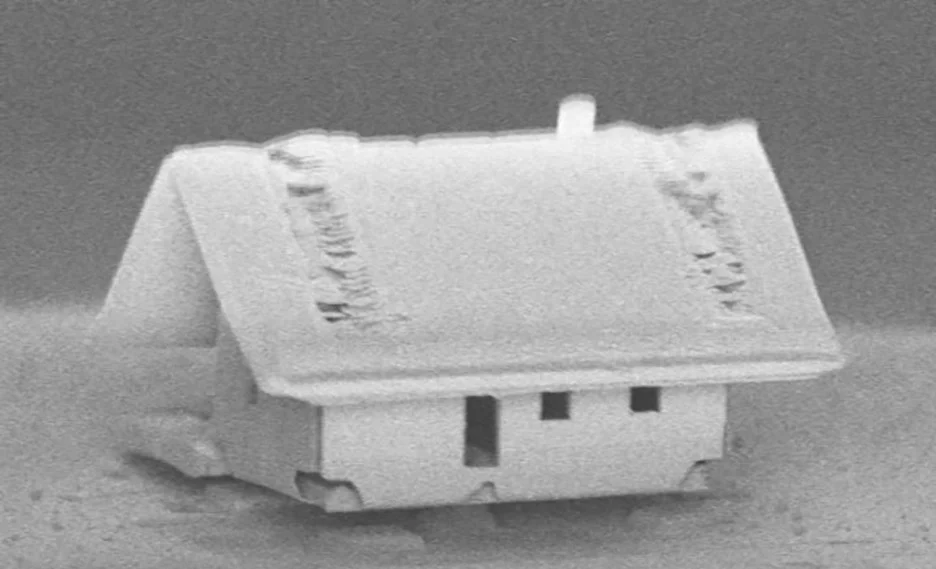
If you think living in a tiny house is challenging, imagine living in a house that is smaller than the width of a human hair.
That’s how small the Nanohouse is, a house that was created by researchers at the Femto-ST Institute in France.
The house is only 20 microns long, which is about one-fifth of the diameter of a strand of hair. It was built using a technique called origami nanorobotics, which involves folding a thin layer of silica using an ion beam.
The house has four walls, a roof, windows, doors, and even a chimney.
Of course, no one can actually live in it, but it demonstrates the potential of nanotechnology for creating complex structures at microscopic scales.
Quarks and Leptons: The smallest matter in the universe

Finally, we come to the smallest things that exist in nature: quarks and leptons. These are the fundamental particles that make up all matter in the universe.
Quarks and leptons are so small that they cannot be measured directly by any instrument or device. Instead, scientists infer their existence and properties by smashing other particles together at high speeds and observing the resulting collisions.
Quarks and leptons come in different types or flavors, such as up quark, down quark, electron lepton, muon lepton, etc.
They also have different charges and masses, and they interact with each other through four fundamental forces: gravity, electromagnetism, strong nuclear force, and weak nuclear force.
Quarks and leptons are the ultimate building blocks of everything we see and touch.
